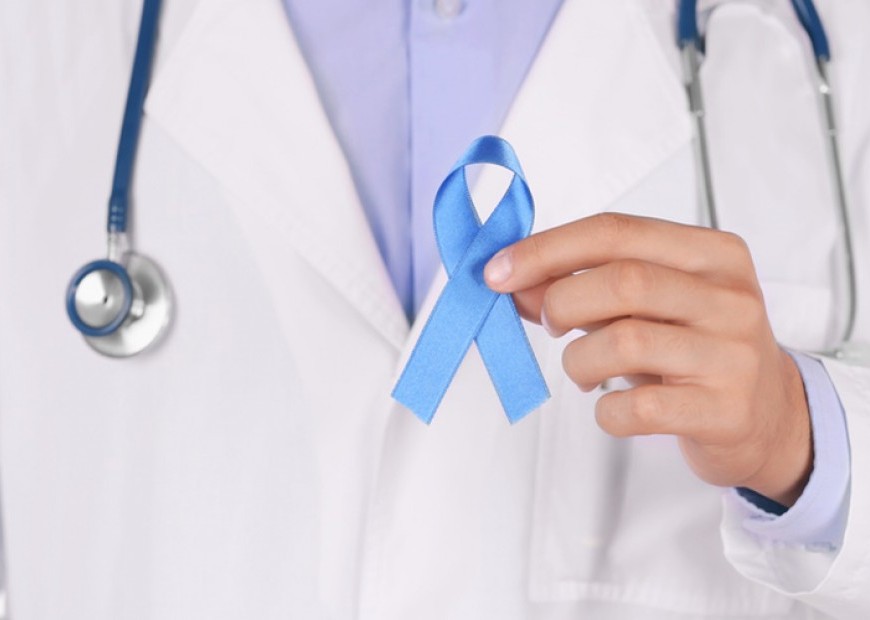The Power To Protect Your Prostate
Have you ever felt that time has gotten faster, that everything around us is in a fast-forward time warp and we’ve all gotten older in a little more than an instant?
Nothing speaks more to us of getting older than hearing about the prostate. I’ve had many patients come in to the clinic for a check-up and after being examined, ask with some worry and anxiety, “Doc, may prostate na ba ako?” [Doc, do I have a prostate already?]
And seeing the look on their face that perchance they might not have one, I gingerly reassure them that as males, they do have prostates and they’ve had them since birth. A bit surprised, their next questions of what the prostate is and why they have one propel our discussion further.
So, what exactly is the prostate? First, It would be best to know where it is. As we’ve all been caught in traffic before, we know where it starts to feel full on a cold trip. That’s your urinary bladder. And right under that, would be the prostate, where it encircles the urethra (the tube that carries urine and semen through the penis and out of the body).
The walnut-sized prostate is an accessory sex gland, which optimizes conditions for fertilization. It contributes to the semen the following: fructose, citric acid, spermine, prostaglandins, zinc and protein. The muscles in the prostate also help in propelling the semen into the urethra during ejaculation. That’s the normally functioning prostate, now we consider conditions affecting it.
As it sits just under the urinary bladder, difficult urination would be most commonly associated with a prostate problem. And such is the case when it starts getting bigger in Benign Prostatic Enlargement (BPE). As the name states, it is benign (as opposed to cancerous) and is the more usual cause of urinating issues in men 50 years old and above.
Symptoms like frequent urination, inability to control urination, waking up at night or the early morning to urinate, feeling your urine is blocked, painful urination, and pains in the perineum (area between the anus and scrotum) should and would usually prompt a consult with a Urologist. It’s easy to understand the necessity to consult when symptoms are present, but what if there are none?
There is another condition of the prostate, which although can have no symptoms at the outset, cannot be overlooked. In so much that in the Philippines, June is celebrated as the awareness month for this -- Prostate Cancer (PCa).
Awareness and detection of PCa is all the more important for us Filipinos as it was described in a paper by Matias and Raymundo in 2014, that Filipino men have better survival in early stage disease and have the worst prognosis when detected late.
And so with an enemy that does not give many clues to its presence, how do we check on this condition and know where to bring the fight?
Having the prostate examined has never been simpler. It is checked using a Digital Rectal Exam (DRE). Though “digital”, it is not as high-tech as it sounds as it is a lubricated, gloved finger inserted into the rectum. This very basic test gives your Urologist a glimpse, if you will, of your prostate’s size, texture, presence or absence of nodules and tenderness. A hard, irregular prostate with nodules would definitely raise red flags for cancer.
Another means of checking the prostate is doing a blood test called PSA (Prostate Specific Antigen), a protein produced by the prostate. Elevated values will usually mean there is activity in the prostate, as its name implies. However, as this test is not “prostate-cancer specific”, an elevation does not immediately mean PCa. And this is where your Urologist will help you understand your condition more.
As these are steps we can take to detect PCa, there are inherent risk factors for its development that we should also be mindful of and look into.
Aging increases the chances of developing PCa. On hitting our golden years, we should be more attentive to our prostates.
A man with a family history of PCa (i.e. father, brother, or son has had PCa) has significantly greater risk of developing PCa than those with no such history. And as such, should seek to be screened for PCa starting age 45.
While the risk factors above are intrinsic, some can be avoided, like the intake of certain substances. Vitamin E taken alone was found by the Selenium and Vitamin E Cancer Prevention Trial (SELECT) to increase the risk of PCa. Likewise with increased dietary fat, so cutting down on fatty food would be beneficial.
Another strategy that may help prevent PCa is to increase protective factors (i.e. the intake of certain foods). Soy foods, especially non-fermented soy products, have been consistently reported to be associated with a 25-30% reduced risk of PCa. Including soy milk, miso and tofu in our diet would be making use of its protective power.
Higher amounts of dietary lycopene, which is more bioavailable in processed tomato products like tomato paste and tomato puree than in raw tomatoes, have been linked to a decreased risk of PCa.
And in the same way that we cannot slow time down but just try to make the best use of it, we combat PCa, armed with this new awareness of detection and prevention, with a resolve to have our prostates checked regularly. And with the help of our Urologist, we can fight for our prostate's health.
Dr. Allen Reyes earned his medical degree from the University of the Philippines and finished urology residency training at St. Luke's Medical Center-Quezon City. He took clinical fellowships at the National University Hospital in Singapore and the Klinikum Heilbronn in Germany for Laparoscopy, Retroperitoneoscopy, Laser and Endourology. He is also a certified console surgeon for the third generation da Vinci SI robotic surgical system. He holds clinic at St. Luke's Medical Center-Global City.






